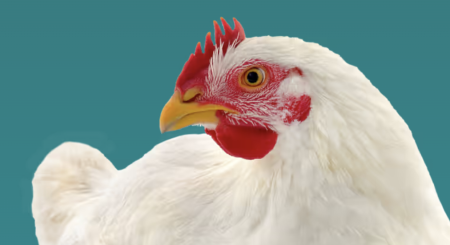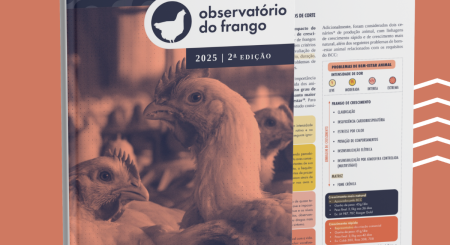Our diet has been increasingly dominated by ultra-processed foods, which are becoming a significant part of many people’s diets. However, this preference for practical and long-lasting foods can have serious consequences for our health.
Ultra-processed foods, as a rule, contain many additives, preservatives, colorings and excess salt and sugar, which can be harmful to our health. These ingredients are added to improve the flavor, texture and shelf life of foods, but they can also lead to long-term health problems. Have you ever heard that too much of anything is bad? So it is!
Risk of colorectal cancer and other types of cancer
Studies conducted by the World Health Organization (WHO) have revealed that daily consumption of 50g of processed meat, such as bacon, sausages and ham, can increase the risk of developing colorectal cancer by 18%. Furthermore, other types of cancer, such as stomach and pancreatic cancer, may also be associated with excessive consumption of ultra-processed foods. This is largely due to the presence of carcinogenic substances formed during the processing and preparation of these foods.
One of the reasons ultra-processed foods are so popular is that they are cheaper than fresh, natural foods. However, the savings made by purchasing ultra-processed foods can result in significantly higher medical costs later due to health problems associated with their consumption.
The embedded truth about ultra-processed foods is that, despite being practical and cheap, they can pose a serious threat to our health. The increased risk of colorectal cancer and other types of cancer is just one of the many concerns related to its frequent consumption. In addition to these problems, we can also mention environmental and animal problems, resulting from mass production, with greater waste production and the use of chemicals.
Get informed! To delve deeper into the subject, download our e-book “The Embedded Truth” here , which provides information based on scientific references about the health risks arising from the consumption of sausages.
Access the material now by clicking on the image:










